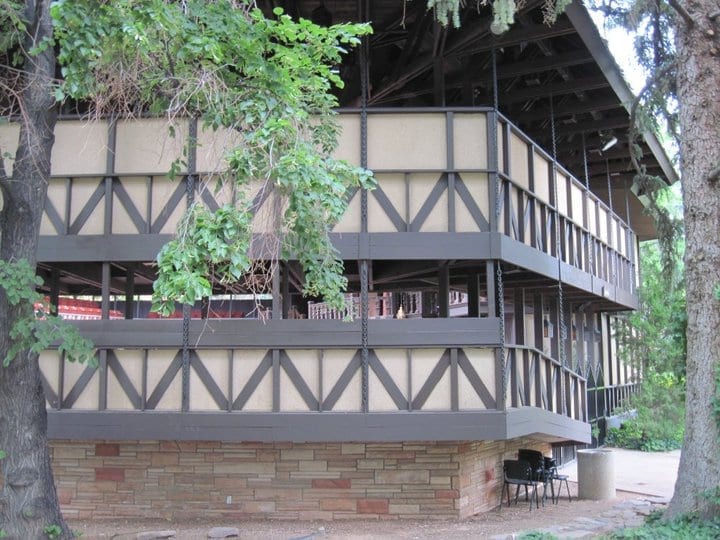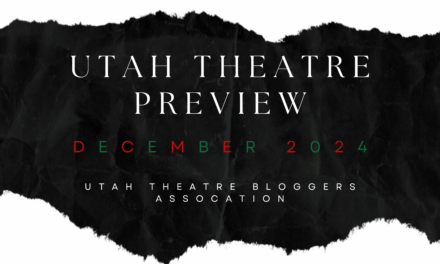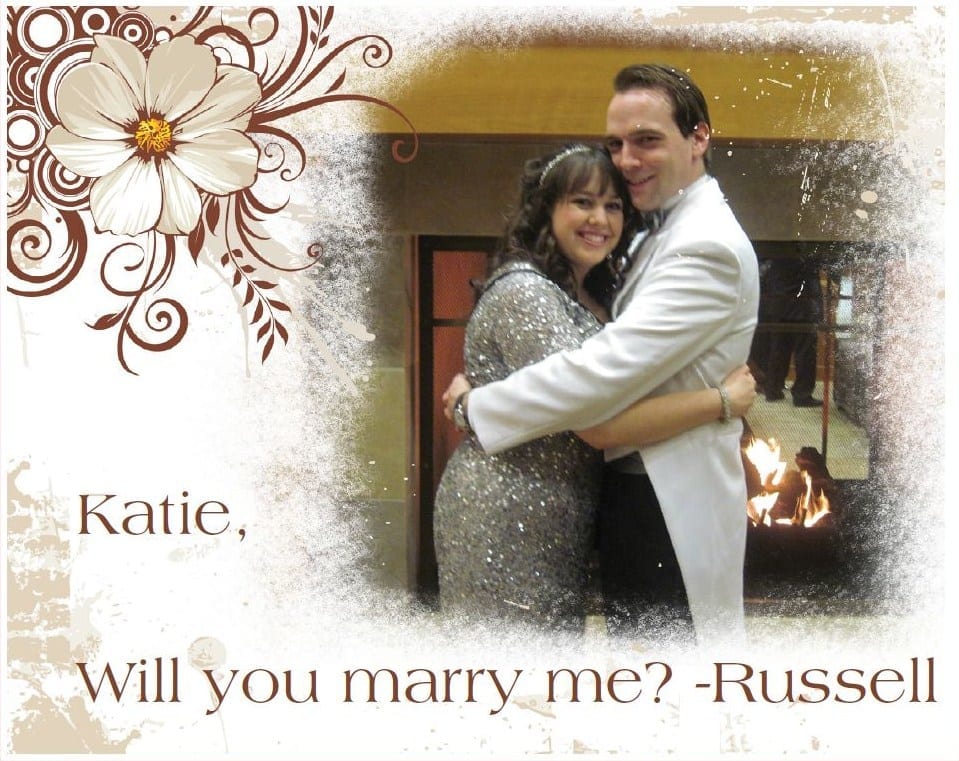CEDAR CITY — Since 1977 the Adams Memorial Theatre has entertained audiences at the Utah Shakespeare Festival. Although the intimate setting and open air seating have made the Adams a key component of the Festival’s experience, it differs from Shakespeare‘s original Globe Theatre in many ways. Here I’ve compiled what I believe are the 5 most important differences between the experiences of a modern audience at the Adams Memorial Theatre and a Renaissance audience at Shakespeare’s Globe.
Everyone is sitting down
In today’s Adams Memorial Theatre, everyone sits down to watch the play. However, in Shakespeare’s day the audience members who were closest to the stage stood on the ground below the stage floor. This area, called the yard, was full of spectators called groundlings who stood to watch the plays. Interestingly, in Shakespeare’s day a groundling was a fish that lived in the mud at the bottom of the stream. Shakespeare, in Act III of Hamlet, was the first known person to use the word as a theatrical term. Leading Shakespeare scholar Stanley Wells explained, “Hamlet’s term is a metaphor, chosen presumably because the groundlings gaped up at the actors on the platform above them like fish from the bottom of a stream” (Shakespeare & Co., p. 9).
There are a lot fewer people in the building
The Adams Memorial Theatre seats 887 spectators. In Shakespeare’s day, however, the Globe had a capacity over 3,000 people, according to a Spanish ambassador who saw a play at the second Globe theater in 1624.

The Adams Memorial Theatre (left) and the modern Globe Theatre (right). Images taken from Google Maps. The image of the Globe has been resized so that the two images have approximately the same scale. Click to enlarge.
Why was Shakespeare’s audience so much larger than the audience at today’s Adams Memorial Theatre? First, Shakespeare’s building was larger in diameter than the Adams. This can be seen in the image to the left, which shows a satellite image of the modern Globe (reconstructed in 1997) next to an image of the Adams on approximately the same scale. The Adams has a diameter that is about 10 feet smaller than the modern Globe. Although a 10-foot difference in diameter doesn’t sound like much, it translates into an approximately 40-45% larger footprint area for the modern Globe than for the Adams. Some scholars (such as John Orrell in his book The Quest for Shakespeare’s Globe) suggest that the Globe could have been 100 feet in diameter, which would make the building’s footprint about three times larger than the Adams Theatre’s.
Second, Shakespeare’s Globe was taller. The Adams only has a single balcony, while most modern scholars agree that Shakespeare’s Globe had at least two balconies where the wealthier class of audience members sat to attend the show. This would have greatly added to the building’s capacity.
Also, the Globe Theatre audience in Shakespeare’s day would have been more tightly packed than modern audiences. One reason is because all those groundlings standing in the yard would have added to the capacity of the Globe. Simply put, people take up less room when they stand than when they sit. (Think of how many people can squeeze into an elevator and how much harder it would be if all of them were sitting.) Second, even when Shakespeare’s audience was seated, they didn’t expect as much personal space as modern audiences. Orrell estimates that auditoriums and churches in Shakespeare’s day had about 18″ of width allocated for each sitting patron—significantly less than a modern theater seat. Futhermore, Orrell suggests that Shakespeare’s audience would have expected much less legroom than than modern audiences expect and that modern fire codes mandate wider aisles than would have been seen in Shakespeare’s Globe.
The plays are performed at night
There are few theatrical experiences in Utah more pleasant than sitting under the stars on a cool summer evening watching a Shakespeare play in the Adams Memorial Theatre. But Shakespeare’s audience would have never seen a play in the Globe at night because it had no artificial lighting. All plays were performed in the day time with natural sunlight providing the illumination. (One Swiss visitor to the Globe in 1599 said that the plays started at about 2 PM.) So, the famous nighttime scenes in A Midsummer Night’s Dream? They were originally performed in daylight. The night watch scenes in Hamlet and Much Ado About Nothing? First seen in daylight.
Perhaps the penchant for daytime plays was due to custom, economy (after all, the sun is the cheapest source of light available), or safety. The latter option seems plausible to me, given the fact that the original Globe burned down in 1613 during a performance of Henry VIII. It is possible that Shakespeare’s company thought it was unwise to perform at night in a building with a thatched roof when firelight would be required for illumination.
The audience is quiet and polite
According to Wells, Shakespeare’s audience was much more raucous than modern audiences. Contemporaries of Shakespeare wrote of prostitutes and petty criminals being in theatre audiences, or at least hanging about the premises. Riots also occurred at theaters in Shakespeare’s day, although none are recorded at the Globe itself.
Even if one attributes the criminal acts of Shakespeare’s audience to a small minority of playgoers (as they likely were), the audiences as a whole still behaved differently. Records exist of audiences rudely receiving new plays, and theatre audiences had a reputation for being generally unruly and disrespectful. This is quite a contrast from the quiet, respectful audiences that attend most theatrical performances in Utah.
The reputation of the plays has changed
Sometimes it’s hard for 21st century audiences to remember that in Shakespeare’s time his plays were not classics. They were popular entertainment for the masses. Although some plays were undoubtedly more popular than others, none of them had a reputation that had been accumulated over the centuries as the plays were read, produced, performed, and discussed by the generations. Nowhere is this more clear than Hamlet. Seen (correctly) today as a monumental achievement in English literature, Hamlet‘s first recorded performance occurred on the ship Red Dragon off the coast of Africa on September 5, 1607. Ordinary sailors didn’t choose to play Hamlet on their ship because it was a classic of the English stage; it was merely a popular play of the day, and they wanted to enjoy it for themselves. Four centuries ago Shakespeare’s plays were the blockbusters of the time, and few probably guessed that some of the plays (and the author himself) would take on near-mythical status.
So those are 5 ways that watching a play in the Adams Memorial Theatre is different from what audiences would have experienced in the Globe Theatre in Shakespeare’s time. Readers should not think, however, that these differences detract from the experience of attending a production at the Adams in Cedar City. Most of these differences on this list are either unavoidable or are preferred by modern audiences. I find it hard to imagine, for example, that the Utah Shakespeare Festival’s audiences would find it acceptable to have the majority of spectators standing to watch this year’s production of The Tempest. And as a patron I appreciate that Utah theaters aren’t havens for petty crime and prostitutes. It’s important nonetheless, to be aware of how a modern Shakespeare performance varies from the environment that the plays were written for. On the other hand, it is also valuable to realize what is still the same: the plays themselves, the love for live performance, and the emotions that Shakespeare’s plays can evoke. Play on.






